Food and Drinks
Typical Chuseok Foods
The classic dishes prepared on the first day of the Chuseok holiday.
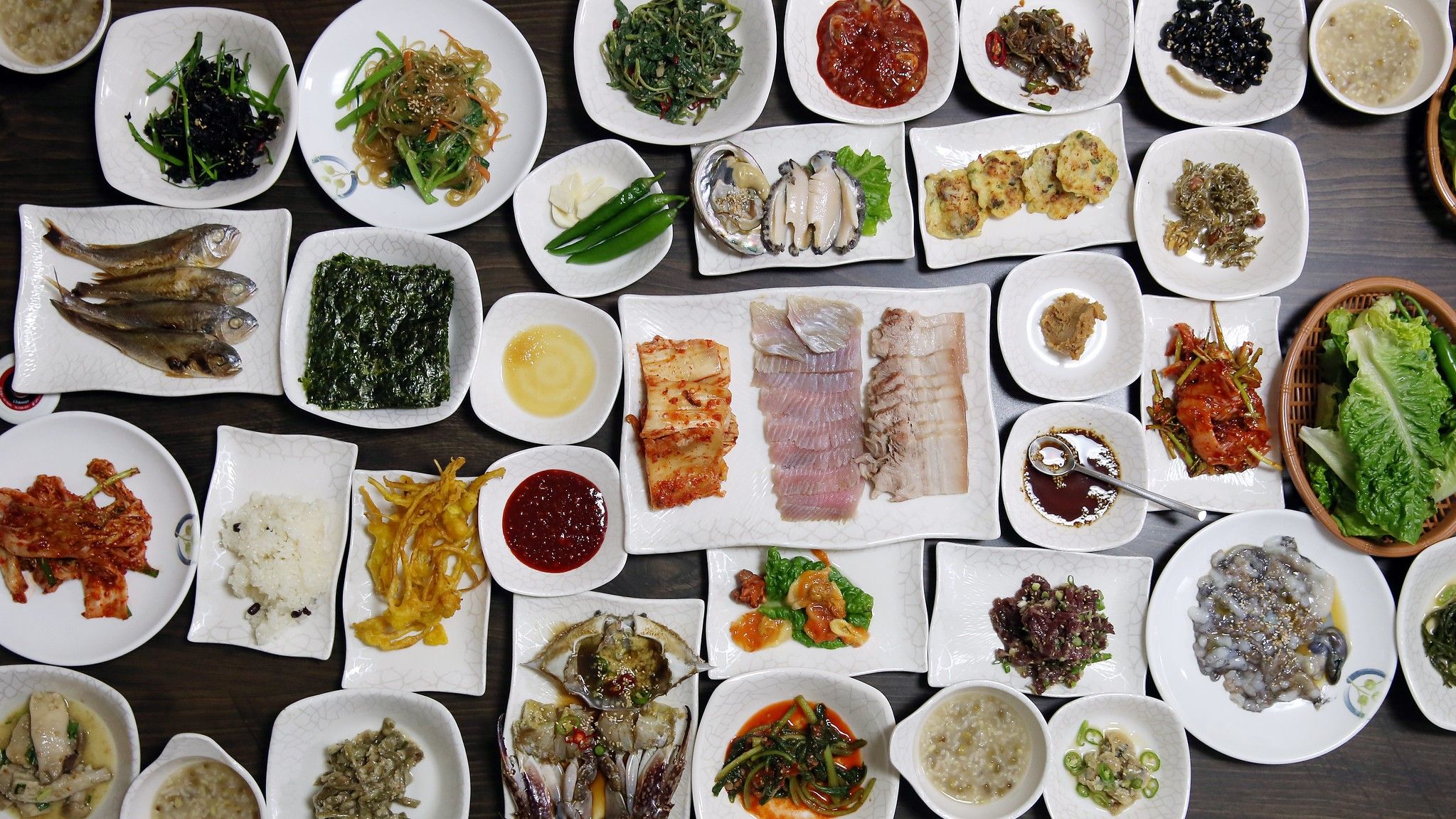
Republic of Korea - Flickr
Typical Chuseok Foods
Food is important to celebrating Chuseok and most of the time spent during the holiday is typically for preparing, cooking, and feasting. Traditionally, this has been a huge household event which involves gathering ingredients and preparing all the meals that will be set out for Charye (차례).
Tradition is fading and the many of the younger generation celebrate with anything and everything delicious, rather like American Thanksgiving these days.
Songpyeon 송편
 songpyeon
songpyeon
Songpyeon is Chuseok’s iconic food - a small, crescent-shaped, often colorful, rice cake that contains red beans, chestnuts, jujubes, powdered sesame, or just brown sugar. Traditionally, families would gather round and make songpyeon, but these days you can buy them at the market.
Jeon 전
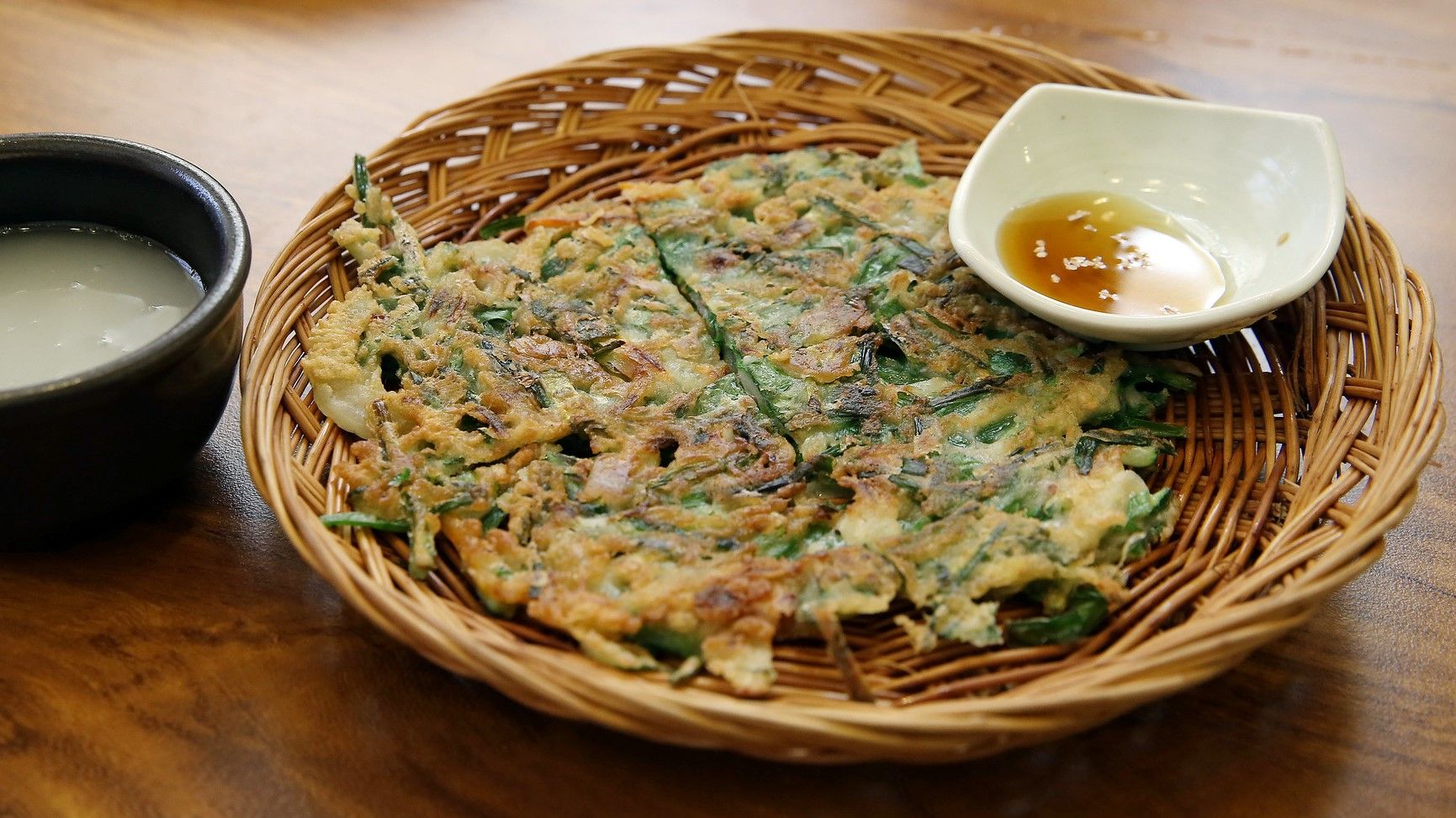 jeon
These are savory pancakes using either a flour batter or an egg batter, with lots of variety - from pa-jeon (scallions), buchu-jeon (garlic chives), gamja-jeon (potatoes), kimchi-jeon (kimchi), or really anything. The beauty of jeon is you can make it whatever you want!
jeon
These are savory pancakes using either a flour batter or an egg batter, with lots of variety - from pa-jeon (scallions), buchu-jeon (garlic chives), gamja-jeon (potatoes), kimchi-jeon (kimchi), or really anything. The beauty of jeon is you can make it whatever you want!
Galbijjim 갈비찜
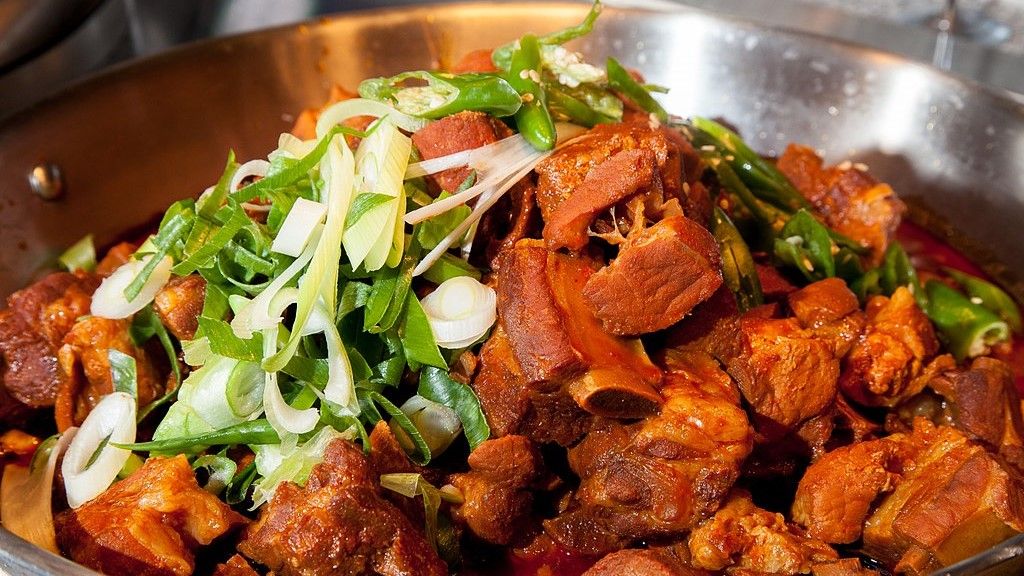 galbijjim
galbijjim
“Galbi” is beef short ribs and “Jjim” refers to steaming or boiling. In this case, galbi jjim is braised beef short ribs. It’s a savory, yet sweet dish that takes at least a couple of hours to cook so that the meat becomes tender and juicy.
Toranguk 토란국
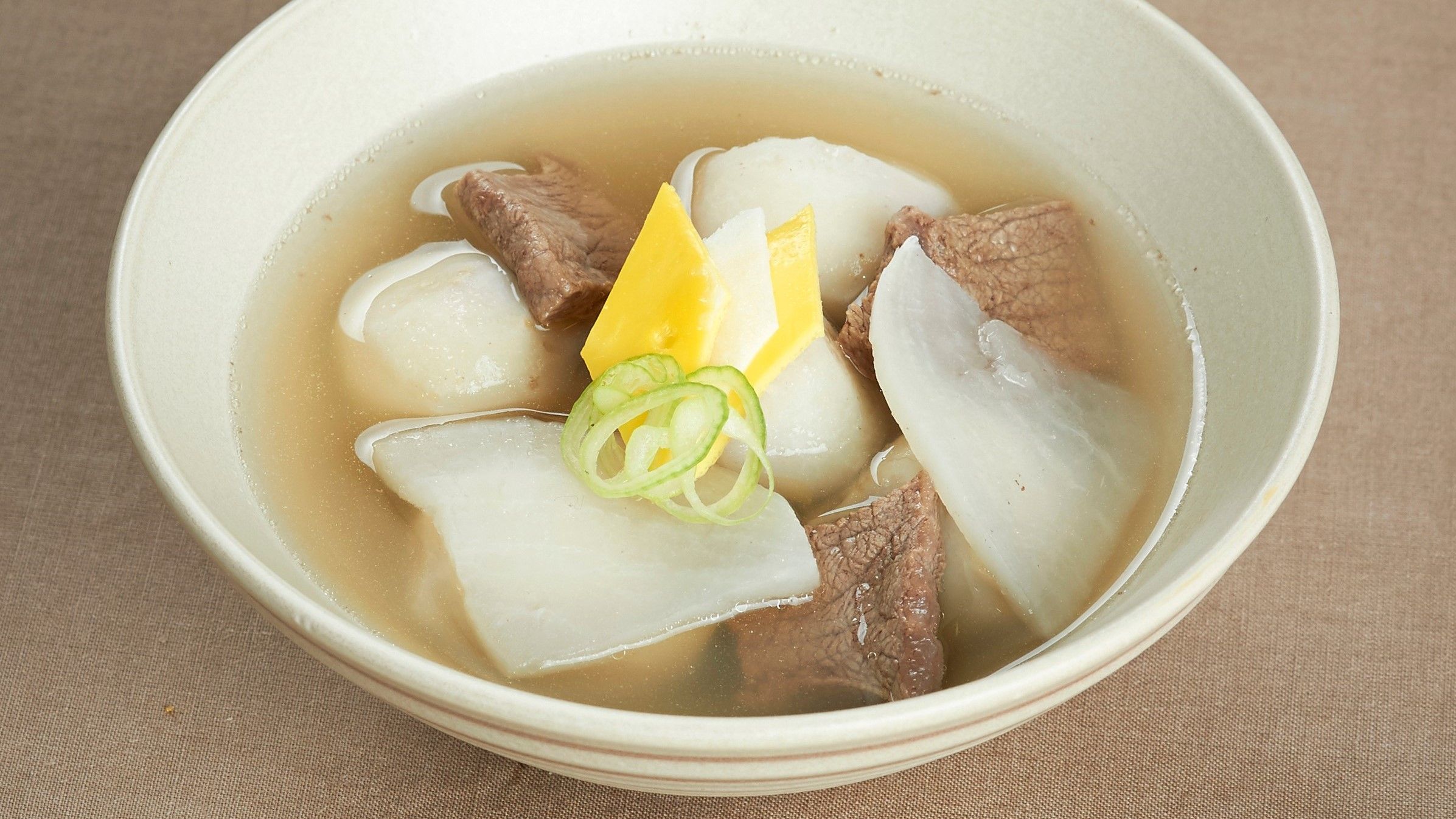 toranguk
toranguk
A delicious soup made from taro, a root vegetable similar to a potato but much sweeter, nuttier, and creamier. It’s a good source of vitamins, minerals, and protein. Taro is in peak season during Autumn, so this is a perfect time to cook up some toranguk. Word of caution: don’t overcook the toran (taro) or else it’ll melt into the soup!
Tteokguk 떡국
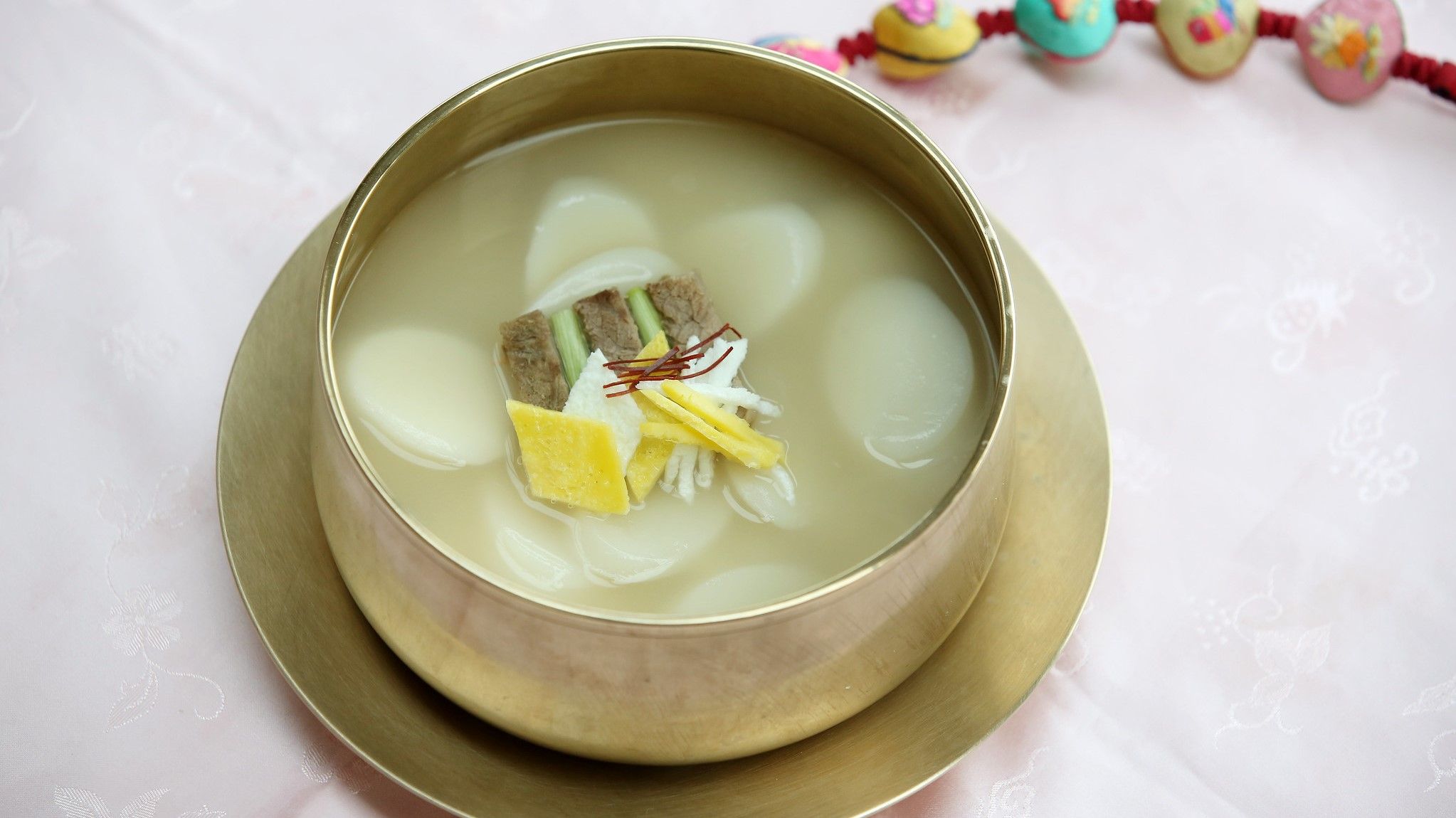 tteokguk
tteokguk
A soup made with sliced rice cakes and a meat broth, usually beef. Tteokguk is often eaten in celebration of New Year’s, but is also served during Chuseok.
Fruits 과일
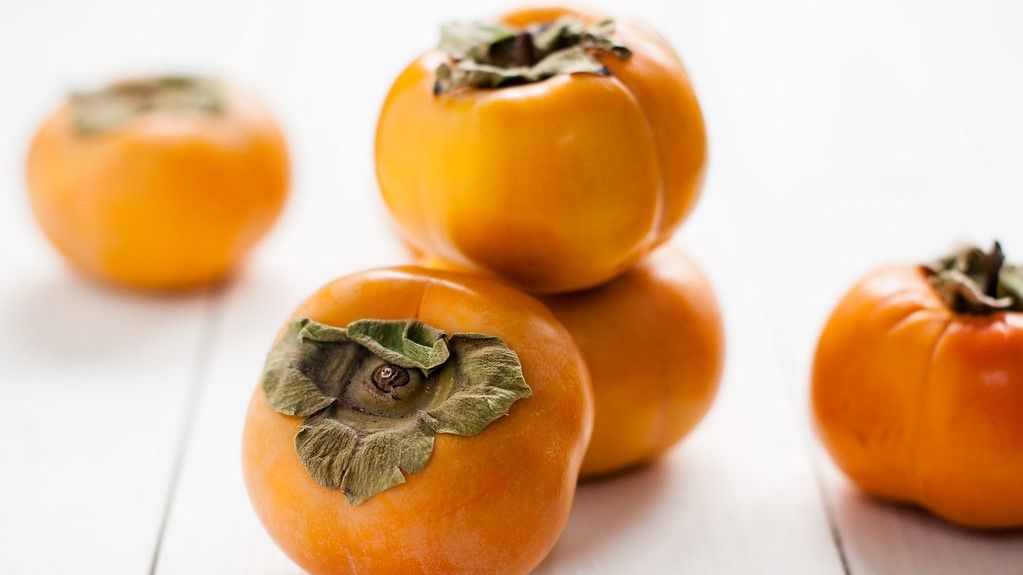 fruits
fruits
Delicious fruits are in abundance during this season; it is a harvest festival, after all. You’ll find the more traditional fruits like Korean pears, apples, jujubes, persimmons, and dried fruit all around. Just a note, fruit can become much more expensive during Chuseok (but they are high quality and generally more delicious than usual).
Sanjeok 산적
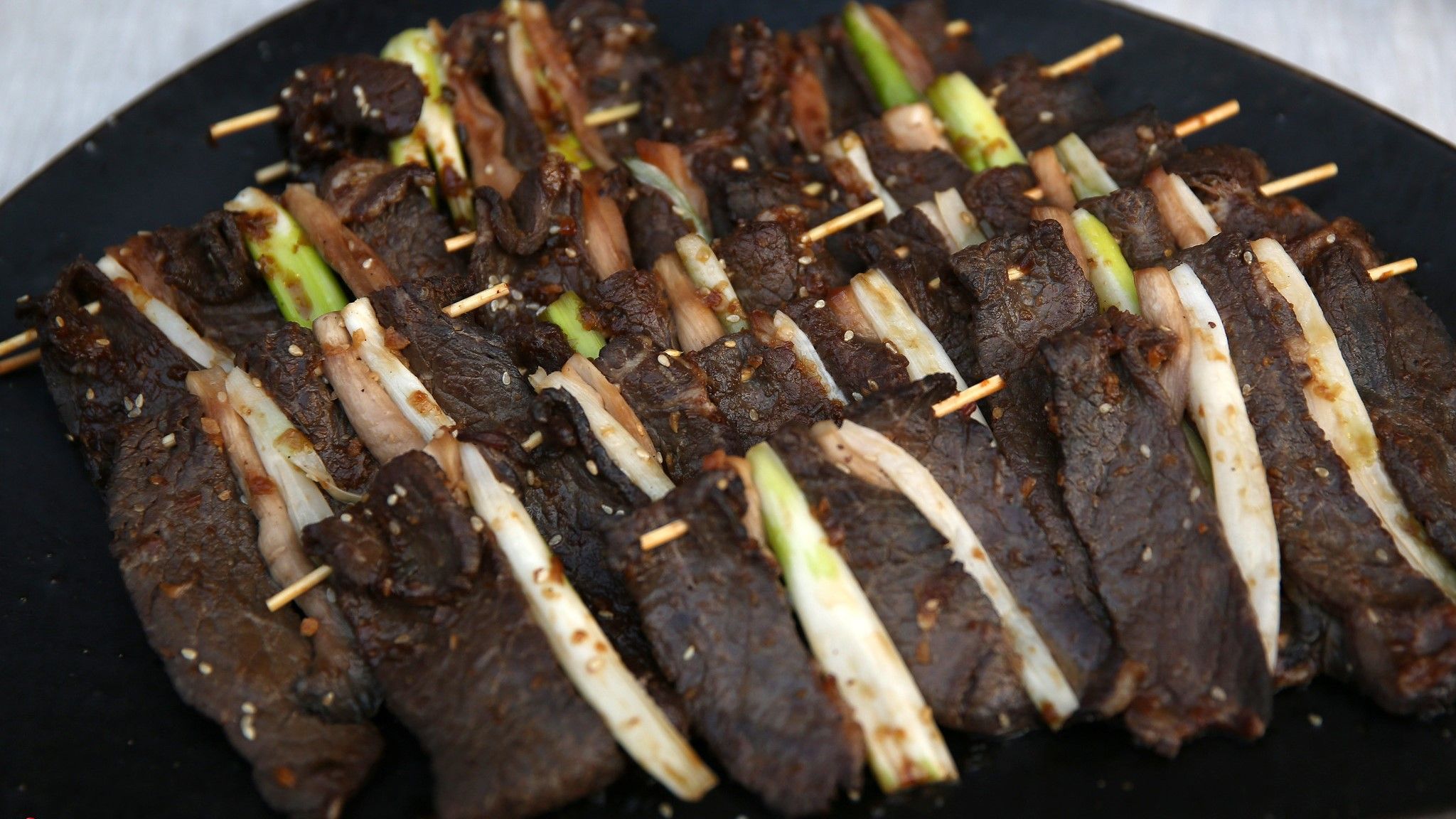 sanjeok
sanjeok
“Jeok” refers to skewered meats and vegetables that are grilled or pan-fried. Jeok dishes are often dredged with flour and egg before frying, but not Sanjeok. Sanjeok is particularly made with beef and the varieties are countless. Beef and fish cakes (eo-sanjeok), beef and mussels (honghap-sanjeok), beef and squid (ojingeo-sanjeok), beef and scallions (pa-sanjeok), beef and pine mushrooms (songi-sanjeok), etc, etc, etc...
Hangwa 한과
 hangwa
hangwa
Hangwa are confections that you can find in coffee shops, weddings, Charye tables, or really anywhere. “Han” means Korean, while “gwa” means confection. There are eight different kinds of hangwa - dasik (“다식” accompanied with tea), gwapyeon (“과편” fruit jelly), jeonggwa (“정과” candied fruits), suksilgwa (“숙실과” sweeted and cooked fruit), yeotgangjeong (“엿강정” candy bar made of nuts or beans), yugwa (“유과” deep-fried glutinous rice puffs coated with honey and nuts), yumilgwa (“유밀과” honey cookies), and various candies like dang (“당” hard, sweet candies) or yeot (“엿” taffies).
Saengseon twigim 생선튀김
 saengseon twigim
saengseon twigim
Basically, fried fish. Typically, jogi will be cooked for Chuseok. Jogi are yellow croaker fish that have been gutted, dried, and salted. They’re often used in soups, stews, steamed dishes, or pan-fried without any additional seasonings.
Japchae 잡채
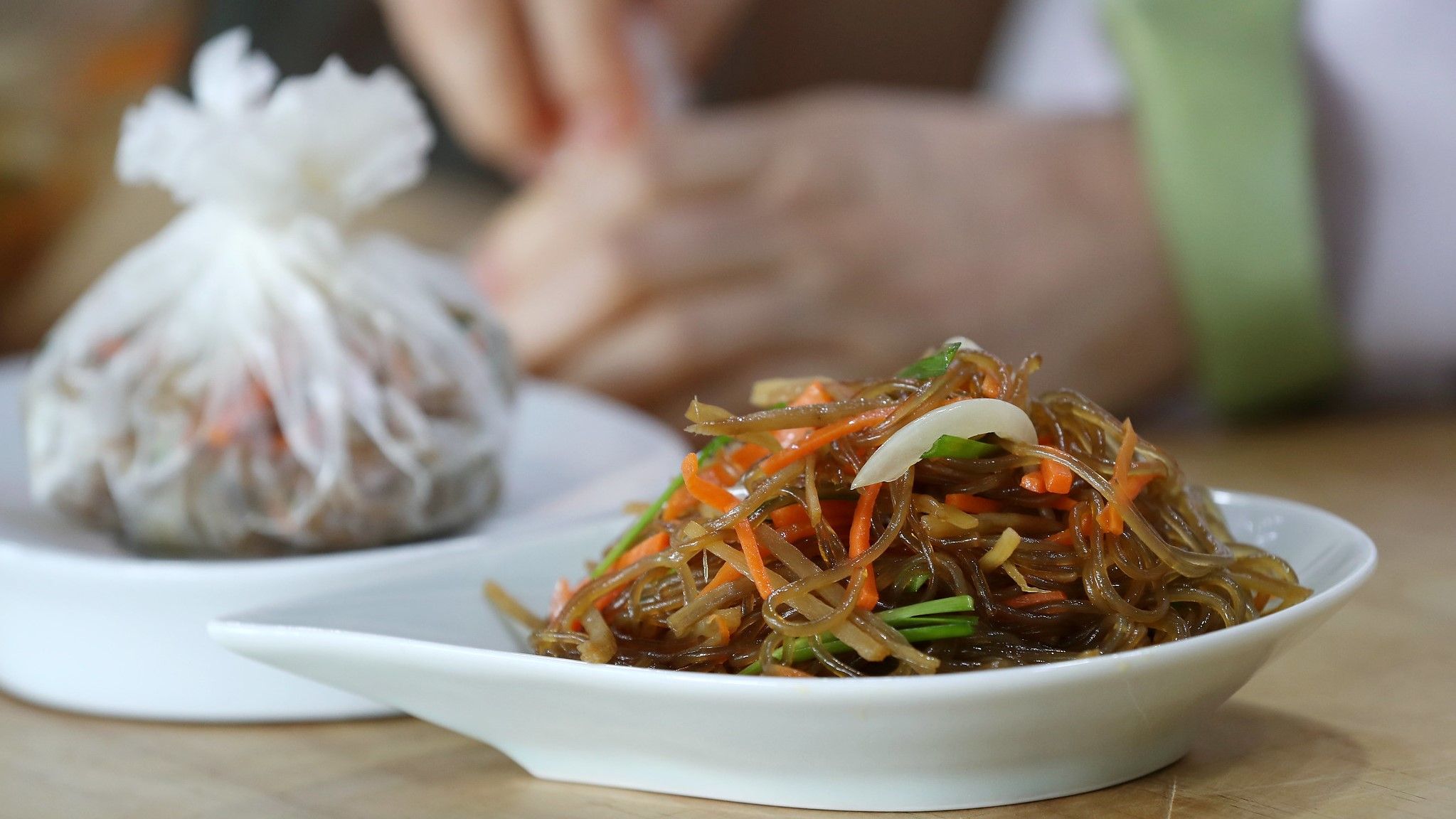 japchae
japchae
Japchae is a stir-fry dish using noodles made from sweet potato starch, otherwise known as “glass noodles” or dangmyeon (당면), topped with meat and vegetables and seasoned with soy sauce and sesame oil. You’ll see it sometimes as a side dish or an entree.
Namul 나물
 namul
namul
Namul generally refers to a variety of side dishes, or banchan (반찬), made mainly with vegetables. There are many kinds of namul, such as chwi-namul (취나물), dot-namul (돋나물), doraji-namul (도라지 나물), sukju-namul (숙주나물), and sigeumchi-namul (시금치 나물). Any type of vegetable, herb, or greens, can work as namul and they’re often mixed with other meats or vegetables.
Learn more
Celebrating Chuseok with Traditional Foods - SnackFever